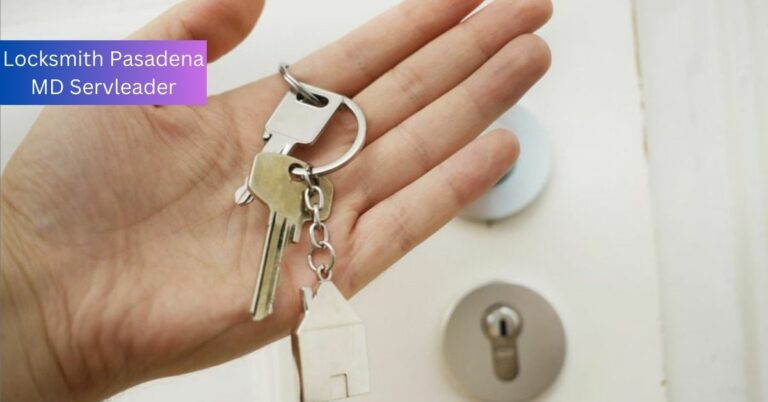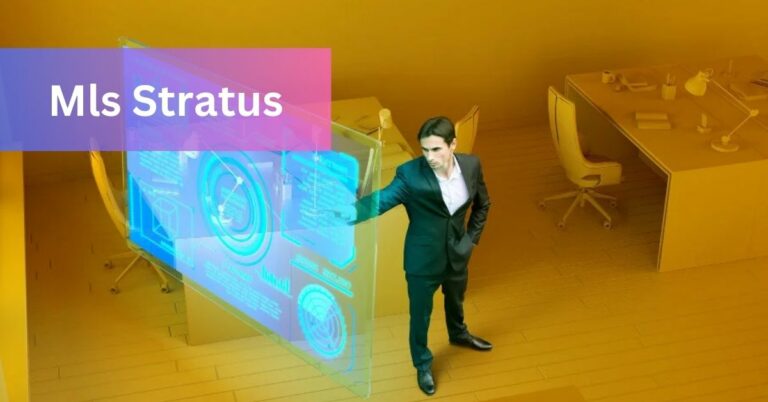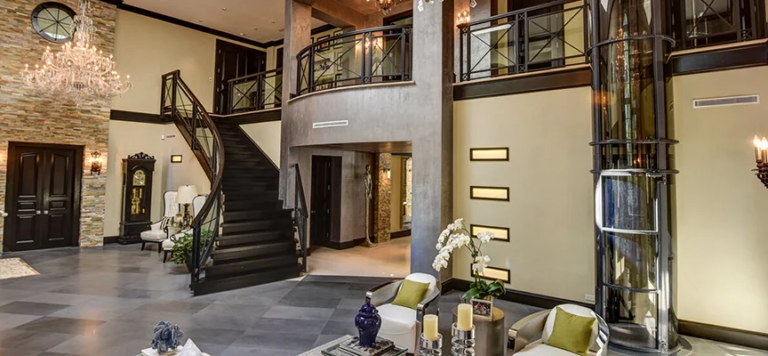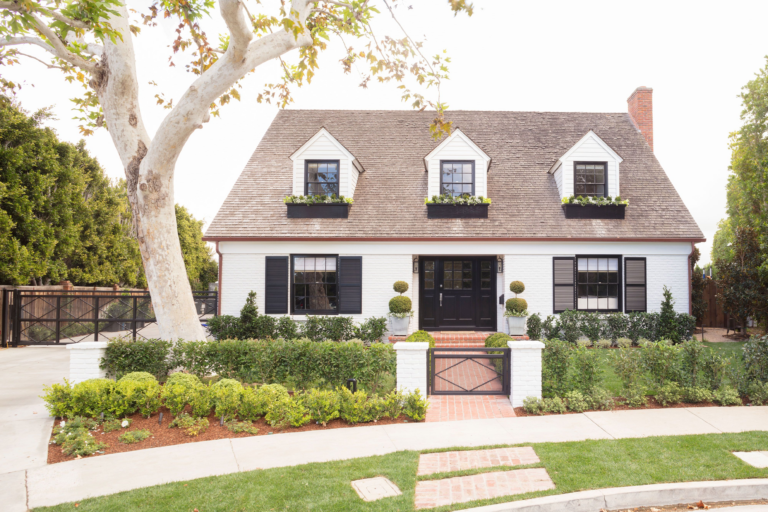Smart Homes: Integrating Technology for Modern Living
The concept of smart homes has transformed the way we live, introducing a seamless integration of technology to enhance comfort, efficiency, and security. This article explores the evolution of smart homes, the technologies that power them, and the myriad benefits they bring to modern living.
Evolution of Smart Homes
1. Early Home Automation Systems
The idea of automating household tasks dates back to the early 20th century, with inventions like the automatic toaster and thermostat. However, it was in the late 20th and early 21st centuries that significant advancements in technology paved the way for comprehensive smart home systems.
2. Rise of the Internet of Things (IoT)
The proliferation of connected devices and the IoT has been a catalyst for smart homes. With the ability to interconnect and communicate, devices ranging from thermostats to refrigerators can now be part of a unified smart home ecosystem.
Key Technologies in Smart Homes
1. Home Automation Systems
- Smart Hubs: Centralized devices that control and coordinate various smart devices.
- Smart Sensors: Devices that collect data to automate actions, such as motion sensors and door/window sensors.
- Smart Thermostats: Regulate home temperature based on preferences and occupancy.
2. Voice-Activated Assistants
- Amazon Alexa, Google Assistant, Apple HomeKit: Voice-activated assistants that control smart devices, answer questions, and perform various tasks through spoken commands.
3. Security and Surveillance Systems
- Smart Cameras: Monitor and record activity both inside and outside the home.
- Smart Locks: Provide keyless entry and remote control over door locks.
- Security Systems: Integrated systems with sensors, alarms, and monitoring services.
4. Smart Lighting Systems
- Smart Bulbs: LED bulbs that can be controlled remotely, change colors, and adjust brightness.
- Smart Switches: Replace traditional light switches, allowing remote control and automation.
5. Entertainment Systems
- Smart TVs: Connect to the internet to stream content and integrate with other smart devices.
- Smart Speakers: Provide high-quality audio and serve as voice-activated assistants.
6. Energy Management
- Smart Thermostats: Learn user preferences, optimize heating/cooling, and contribute to energy savings.
- Smart Plugs: Control the power supply to devices and monitor energy consumption.
Benefits of Smart Homes
1. Increased Convenience
- Remote Control: Users can control various aspects of their home remotely through smartphone apps or voice commands.
- Automation: Tasks like adjusting thermostats, turning off lights, and locking doors can be automated based on schedules or triggers.
2. Enhanced Security
- Surveillance: Smart cameras and sensors contribute to improved home security with real-time monitoring and alerts.
- Access Control: Smart locks provide secure and customizable access to the home.
3. Energy Efficiency
- Optimized Heating and Cooling: Smart thermostats contribute to energy savings by learning user preferences and adjusting temperature settings.
- Appliance Management: Smart plugs and devices help monitor and reduce energy consumption.
4. Entertainment Integration
- Seamless Connectivity: Integration between smart TVs, speakers, and other devices provides a seamless entertainment experience.
- Voice-Activated Control: Users can control their entertainment systems through voice commands.
Considerations and Challenges
1. Interoperability Issues
- Compatibility: Ensuring that devices from different manufacturers can work together seamlessly can be a challenge.
- Standards: Lack of universal standards may lead to interoperability issues.
2. Privacy and Security Concerns
- Data Privacy: The collection of data by smart devices raises concerns about user privacy.
- Cybersecurity: Smart homes are susceptible to cyber threats, emphasizing the need for robust security measures.
3. Cost and Complexity
- Initial Investment: The upfront cost of purchasing and installing smart devices can be a barrier for some homeowners.
- Complexity: Managing and troubleshooting a network of interconnected devices may be challenging for some users.
Future Trends in Smart Homes
1. Artificial Intelligence (AI) Integration
- Predictive Analytics: AI can learn user behaviors and predict preferences, optimizing home automation.
- Natural Language Processing: Improved voice-activated assistants with more natural language understanding.
2. Sustainability and Green Technology
- Energy Harvesting: Integration of technologies that harness ambient energy to power smart devices.
- Environmental Monitoring: Smart homes that actively monitor and promote sustainable practices.
3. Health and Wellness Applications
- Smart Health Devices: Integration of health monitoring devices and technologies for personalized wellness.
- Mental Health Support: Smart home features designed to enhance mental well-being, such as lighting and soundscapes.
Conclusion
Smart homes represent a paradigm shift in the way we interact with and manage our living spaces. The integration of technology brings unprecedented convenience, security, and energy efficiency to modern living. As the technology continues to evolve, addressing challenges related to interoperability, privacy, and complexity will be crucial. With ongoing advancements in AI, sustainability, and health applications, the future of smart homes promises even greater integration and enhancement of our daily lives. As homeowners embrace these innovations, the concept of a fully connected and intelligent home is set to become an increasingly integral part of our modern lifestyle.






